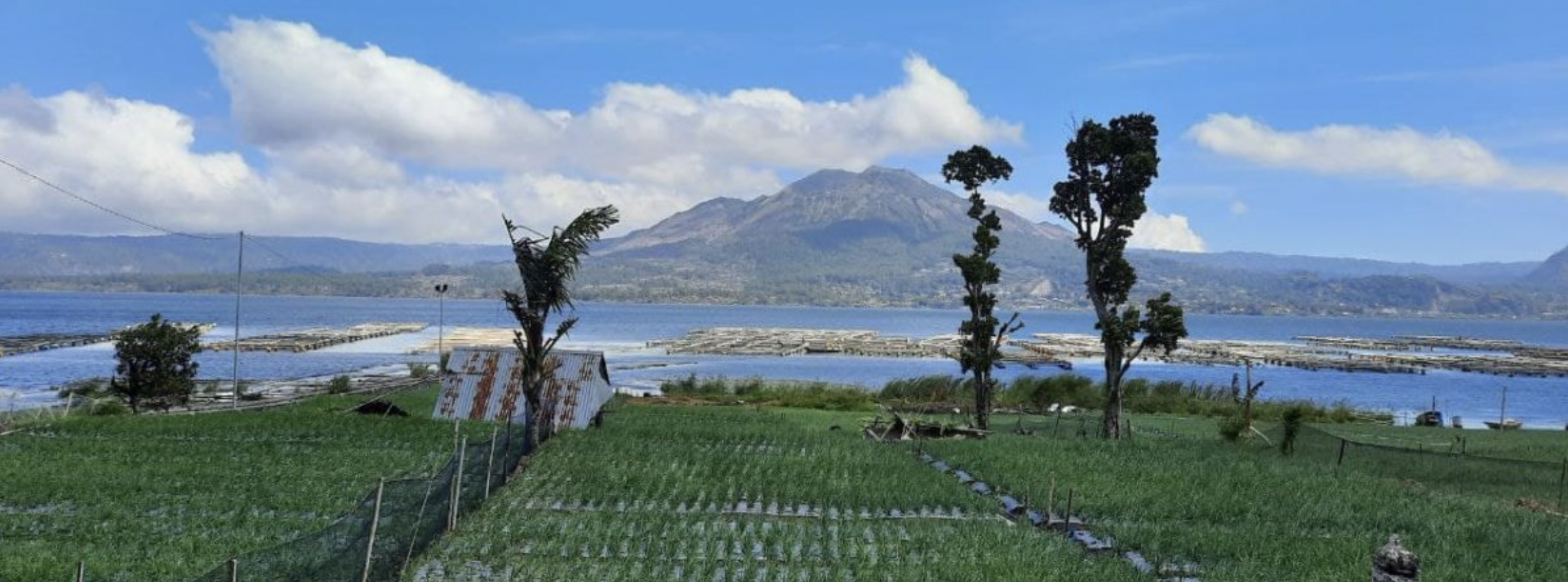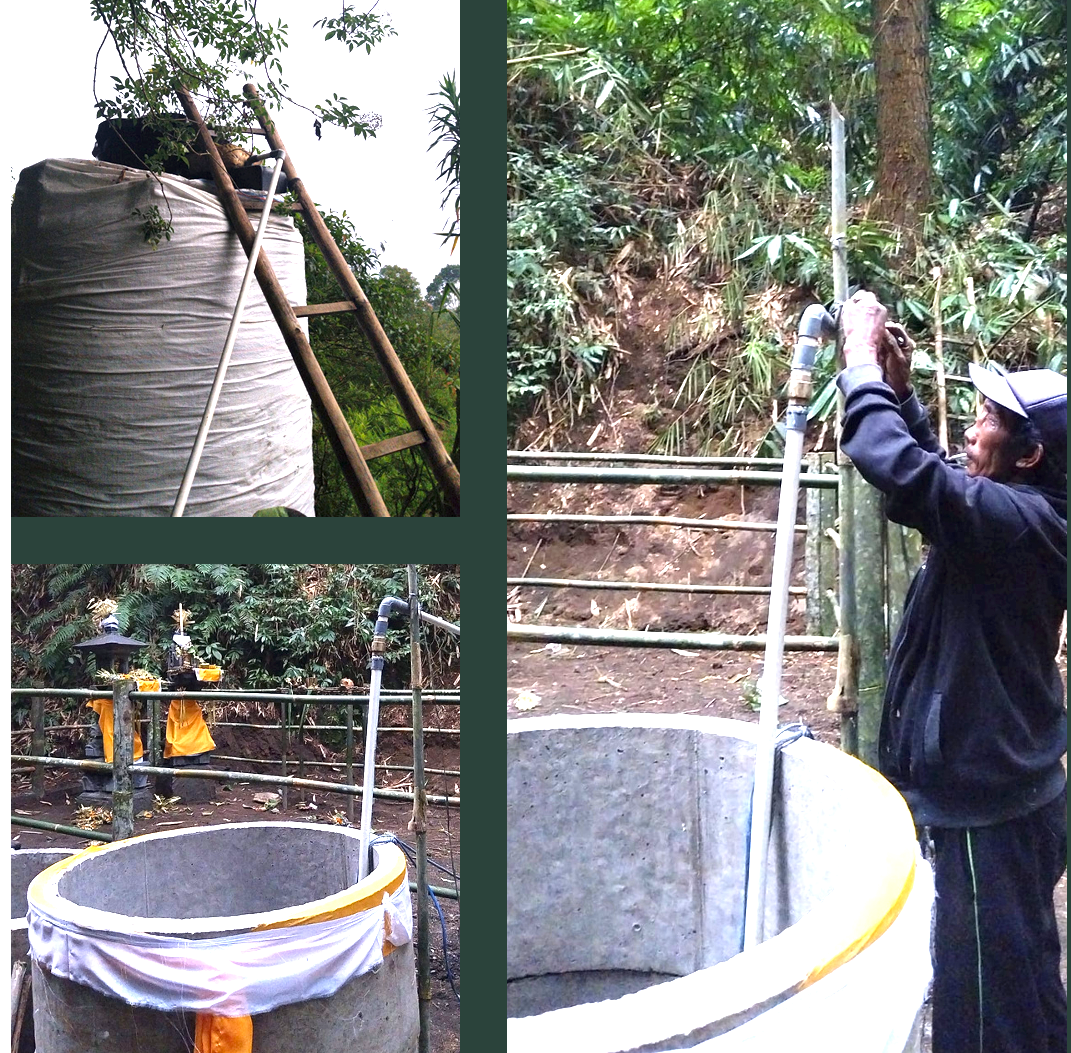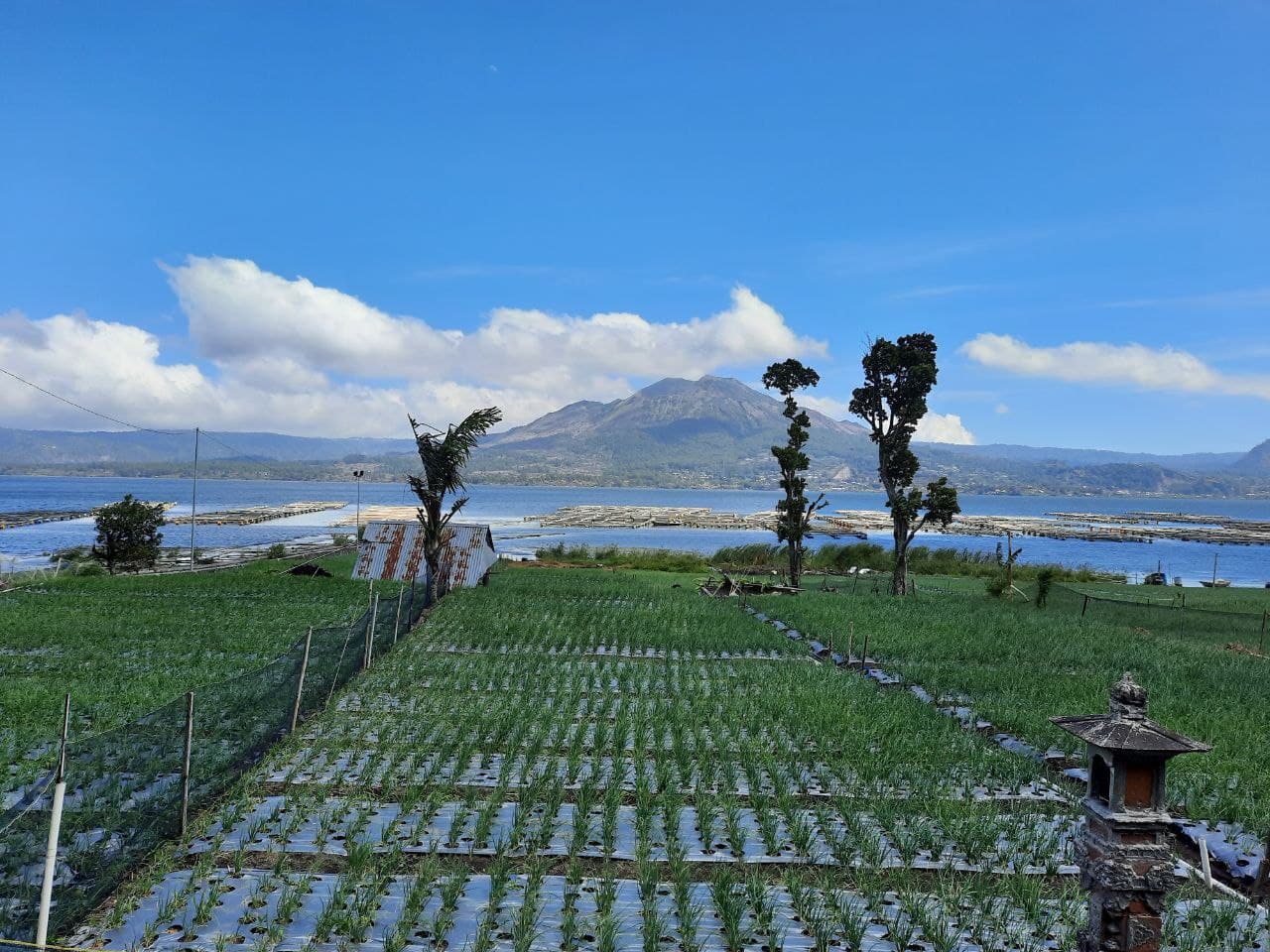The Water Crisis at Bali's Water Sources: Women Suffer the Most

- The discussion on the water crisis continues to spark other issues in Bali, including water access and its impact on women.
- More and more villages that protect and have water sources are struggling with access to water.
- This disparity in water access becomes more apparent when hearing the stories of women who spend time searching for water in difficult places.
- Limited access to water reduces income, triggers domestic violence, and more.
Mongabay.co.id - The most significant water crisis in Bali is the inequality in water distribution. Those who own or protect water sources often struggle to access water due to infrastructure barriers. Now, there is a women's movement for water access because the lack of water has triggered domestic violence and loss of income.
Take Wayan Rasmini, for example. Throughout her marriage, this bamboo basket weaver has felt that most of her time is spent fetching water from a river about a kilometer from her home in Kintamani, Bangli. This area is known for its groundwater and surface water sources, such as in the hills and Lake Batur.
Most of her friends work as farm laborers. When they spend a lot of time fetching water, their income decreases. Rasmini needs plenty of water not only for her family but also for her cows. At most, she can only fetch four buckets of water per day. When she can't fetch water, she has to buy a water truck for around Rp 240,000 per load. “I spend my time fetching water while carrying my child down into the ravine. I get frustrated, not knowing how to bring the water up,” she lamented.
Good news eventually arrived. The Bali Women Crisis Center Legal Aid Institute (LBH BWCC), which often operates in Kintamani, heard the complaints of these women. Over the past year, site studies and various discussions were held to find a solution for locating a nearby water source and bringing it to the villagers' homes. “I was informed about the water research. Let’s give it a try, maybe things will change,” Rasmini hoped.
In addition to field research, the community also conducted spiritual efforts and water-requesting rituals. These efforts succeeded. A water source was found, and when a pump was used, water gushed out forcefully. Now, 20 households have access to water through a piped system to their homes.
The women formed the Subak Taksu Women's Group to manage and maintain the water source and its infrastructure. Each household is charged a basic fee of Rp 10,000 per month and water usage costs depending on the distance. “Now I only have to pay Rp 20,000, and water flows directly to my home. I am very grateful that I can work peacefully at home,” Rasmini said.

The construction of a well as access to clean water for residents. Photo: LBH BWCC
Ketut Madani, a resident of Kedisan, Bangli, and an activist with LBH Bali WCC, shared that since childhood, he has been bathing and fetching water for daily use from Lake Batur. However, he wonders why the hotels and restaurants around the lake can access clean water and not lake water.
This is why he is enthusiastic about supporting small-scale projects, identifying village spots that are in dire need and have water sources in their area. According to him, access to water is closely related to women's access to reproductive health, child health, and even triggers domestic violence due to the cost of buying water and sexual violence in households without toilets.
Community-Based Water Management Led by Women
The story from Konyel, Kedisan Village, Kintamani, highlights the issue of clean water and turns it into environmental advocacy for conservation and fulfilling basic rights. Nengah Budawati, Director of LBH BWCC, explains to stakeholders the importance of expanding efforts to manage water resources through community-based women's initiatives.
The development program for gender-responsive water resource infrastructure includes providing access to raw water, which is typically distant and difficult to reach. It also involves improving access to information on the quality of raw water, rivers, reservoirs, and water catchment areas, participation in environmental conservation and water source maintenance, and the involvement of women in monitoring water quality standards. Furthermore, it involves engaging women as community facilitators, observers, and irrigation officers.
In 2010, the Office of the United Nations High Commissioner for Human Rights (OHCHR) outlined key elements of the right to water, which include the following. Adequate or sufficient: the water supply for each person must be enough and sustainable to cover personal and domestic use, including water for drinking, washing clothes, food preparation, and personal and household hygiene.
Safe and acceptable, the water must be free from microbes, parasites, chemicals, and radiological hazards that could threaten a person's health. It must also be free of odor, color, and taste to ensure that people do not use contaminated water, which may otherwise seem more appealing.

A map of efforts to provide water access for residents in the hills from a water source below the cliffs in Bali. Photo: LBH BWCC
According to Budawati, the water crisis in Kintamani has already triggered social conflicts. For example, some residents have joked about contaminating the water in the Belok Sidan dam located in Badung District, because the water originates from Kintamani.
Residents at the water source are not only forced to carry out conservation but also to ensure easy access to water. Water resource conservation is the effort to maintain the existence and sustainability of the condition, characteristics, and function of water resources, ensuring they remain available in adequate quantities and quality to meet the needs of humans and other living beings, both now and in the future.
Water Resource Conservation
One of the conservation activities that can be undertaken is the protection and preservation of water sources. These activities aim to protect and preserve water sources and their surrounding environment from damage and disruption caused by both natural forces and human activities. This conservation effort is carried out by LBH BWCC as part of the National Monitoring Program on Gender-Responsive Development Justice and Sustainable Development Implementation.
The goal of the National Monitoring Program on Gender-Responsive Development Justice and the Implementation of Sustainable Development Goals (SDGs) is supported by the Asia Pacific Forum on Women, Law, and Development (APWLD). APWLD is an international advocacy network within the Asia-Pacific region, encompassing various organizations and individuals from 30 countries, and it currently plays a role in providing consultations to the United Nations (UN), particularly the United Nations Economic and Social Council (ECOSOC).
In the SDGs, the goal of Clean Water and Sanitation (SDG 6) is linked to the issue of Good Health and Well-being (SDG 3), Gender Equality (SDG 5), and Inclusive and Sustainable Economic Growth (SDG 8).
Budawati explained that, based on national data from National Development Planning Agency (Bappenas), over the past five years, the water quality index has only ranged between 51-53%, with water quality determining the adequacy of access to clean water. Water quality varies greatly across Indonesia; for instance, Bali has relatively poor water quality at the national level, alongside other areas such as East Nusa Tenggara, Jambi, Central Java, Bengkulu, and Jakarta.

Lake Batur is also part of the subak landscape as a water source. Photo: Luh De Suriyani/Mongabay Indonesia
Clean Water Crisis
Agung Parameswara, an academic from Warmadewa University, in a discussion with LBH BWCC, cited other researchers who describe the water crisis at these sources as a trap of poverty. Currently, the dominant middle-class issues such as traffic congestion and waste are often discussed, while facilities like public restrooms and access to water are not given much attention. “About 70% of Indonesia’s tourism income comes from Bali, but ironically, there are still many basic issues related to water and sanitation,” he said.
Widhiartini, Chair of the Gender Studies Program at Udayana University, shared her experience working with a group of farmers in Bangli District. The farmers complained about difficulties in farming due to unreliable Regional Water Company (PDAM) water supply. The solution was to create a communal well that could be used collectively. To manage the well, the community organized a collective fund to ensure water could flow to homes and gardens.
In 2012, Stroma Cole conducted research on ‘A Political Ecology of Water Equity and Tourism’ in Bali. He stated that water for agriculture is starkly contrasted with the consumption by the tourism industry. The cause is the inequitable distribution of water in Bali, compounded by the increasing presence of bottled water industries and PDAM that exploit both surface and groundwater.
The Bali State Polytechnic, which tested groundwater quality at 49 sites in Bali, also found high levels of chlorine, an indicator of seawater intrusion. For example, in Badung District, 73% of 44 samples, and in Buleleng District, 68% of 60 samples, showed high levels. This is one of the impacts of groundwater exploitation.